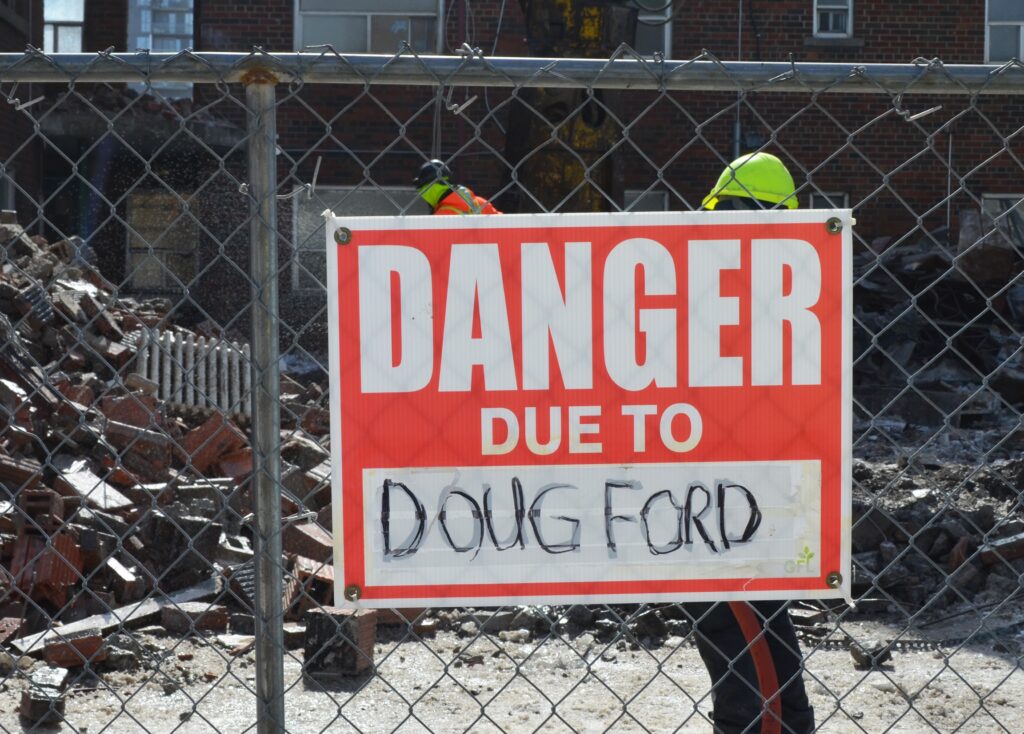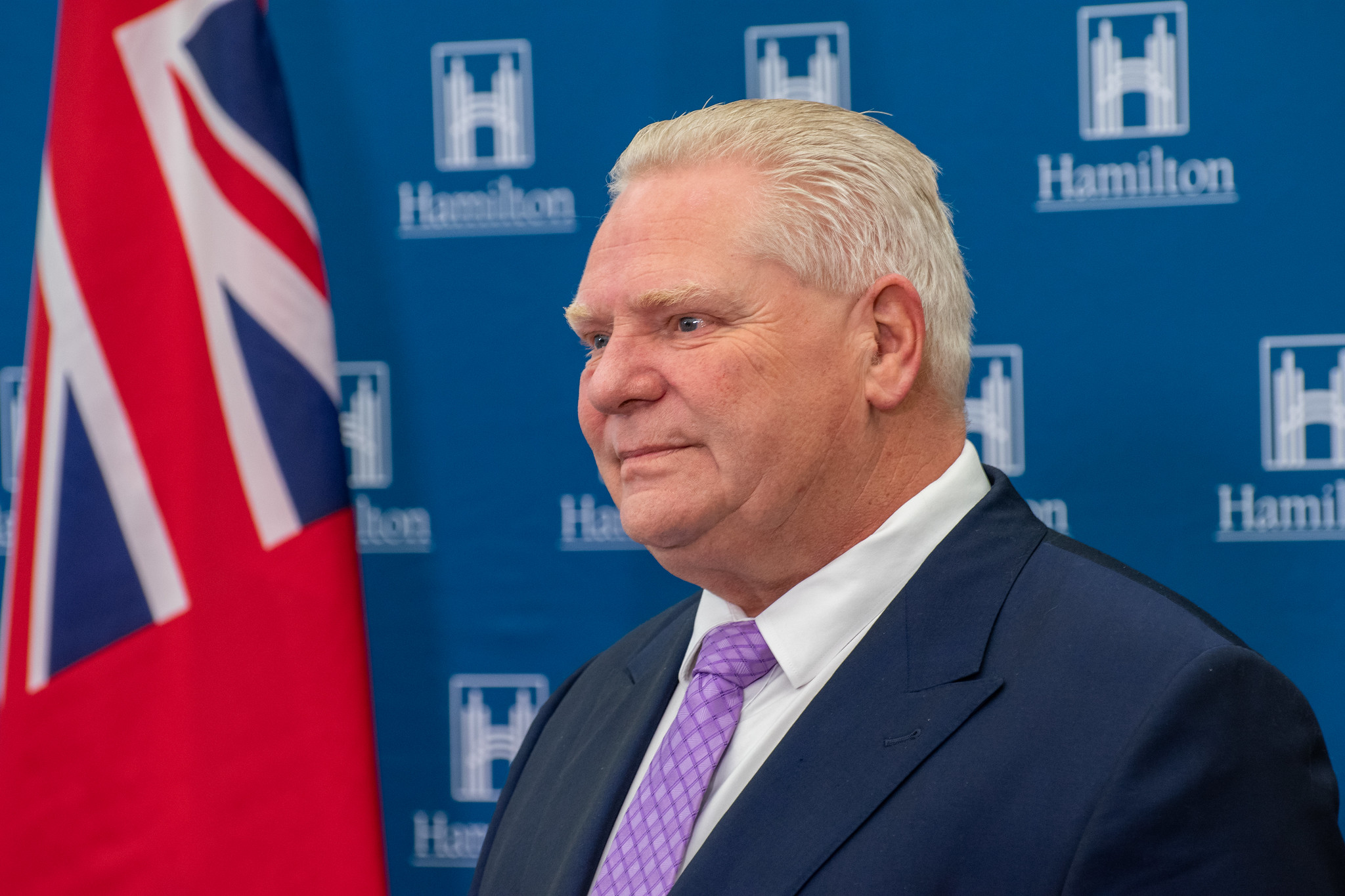Ontario’s newly released 2025 budget reveals billions in new and expanded incentives for private sector growth in response to U.S. President Donald Trump’s tariffs. From tax credits to emergency relief funds, the Ford government is doubling down on business-first policies. Meanwhile, Ontarians grapple with high inflation, housing costs, and strained public services.
Furthermore, Ontario is now projecting a spending deficit of $14.6 billion. So, how exactly will this affect the average Ontarian?
Billions in business support
The central theme of this year’s budget is “protection”. Ford’s budget focuses primarily on the fallout of new tariffs imposed by the U.S., and its effects on businesses. The government is providing $11 billion in immediate relief to businesses.
This includes:
- $9 billion in deferred provincial taxes for 80,000 businesses;
- $4 billion in rebates for “safe” employers through the Workplace Safety and Insurance Board;
- a new $40 million fund to support communities heavily impacted by trade disruptions; and
- a $5 billion “Protecting Ontario Account” offering targeted financial support to industries affected by U.S. trade actions.
There is no legal obligation for these funds to be used to benefit the working class. At this stage, there is every reason to believe that these funds will be used primarily to offset lower profits, to the benefit of Canadian business and oligarchy.

Response to increase in break-ins
With growing concerns over home break-ins and automobile thefts across the province, the only solution Ontario’s government proposes is to invest $1 billion more into Ontario’s policing system, including a new OPP academy in Orillia and expansions to the Ontario Police College.
In contrast, the government plans to invest only 75 million dollars in homelessness recovery hubs to combat public drug use.
Modest relief for the public
Direct support for Ontarians struggling with the cost of living appears relatively limited. While the government emphasized investments in health care, childcare, and education, spending increases remain below inflation rates. The new budget includes:
- a one-time tax rebate of $200 per adult and $200 per child;
- new infrastructure funding, including $70 billion over 10 years for transit and $48 billion for healthcare infrastructure;
- $91.1 billion in projected spending on healthcare, up from $89.3 billion from last year, an increase less than the rate of inflation—in other words, an effective budget cut;
- Education spending at $41 billion, compared to $38.4 billion last year—also less than inflation; and
- $2.1 billion to solve the family doctor shortage, including $300 million for new teaching clinics.
In short, the 2025 Ontario budget commits billions to support businesses through tax deferrals, rebates and liquidity funds in response to U.S. tariffs, but the support offered to average Ontarians is comparatively modest.
While corporations stand to gain from $11 billion in immediate relief, direct assistance to individuals, such as the $200 rebate and targeted program funding, represents only a small fraction of that total.In this context, it's worth noting that Doug Ford and his Conservatives are known to have close ties to the province's financial class, as revealed by the Toronto Greenbelt scandal that erupted in 2022.


